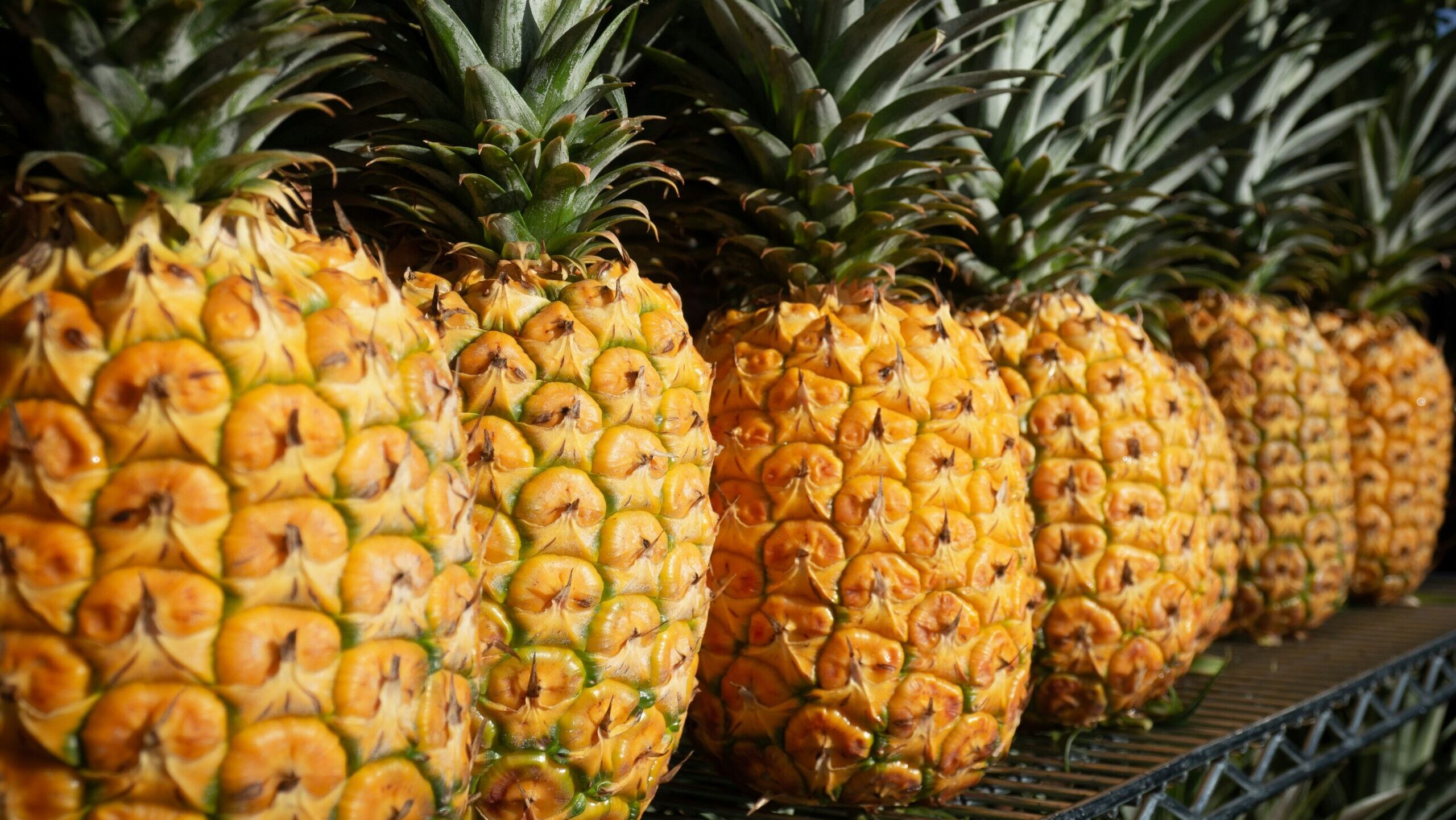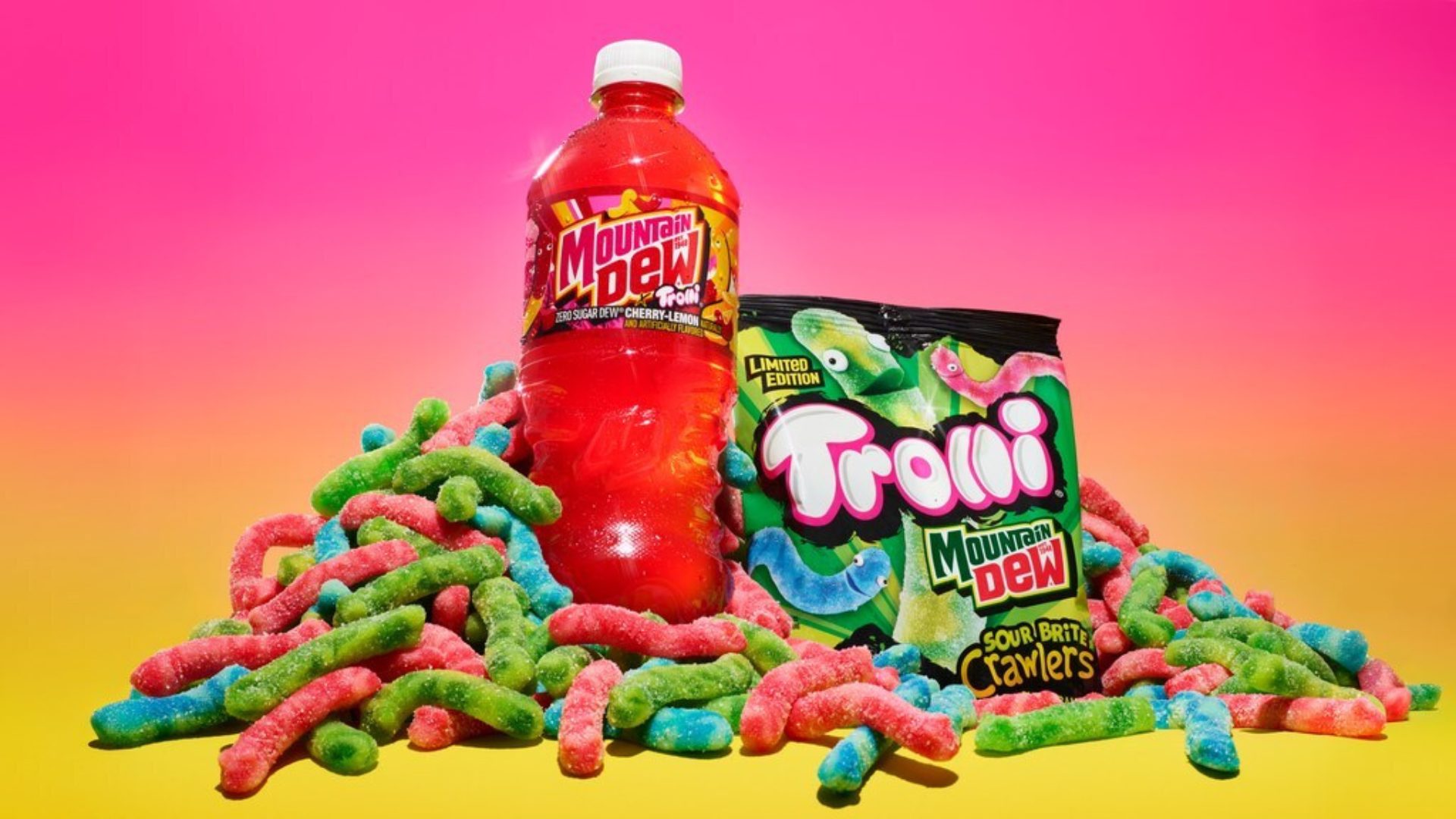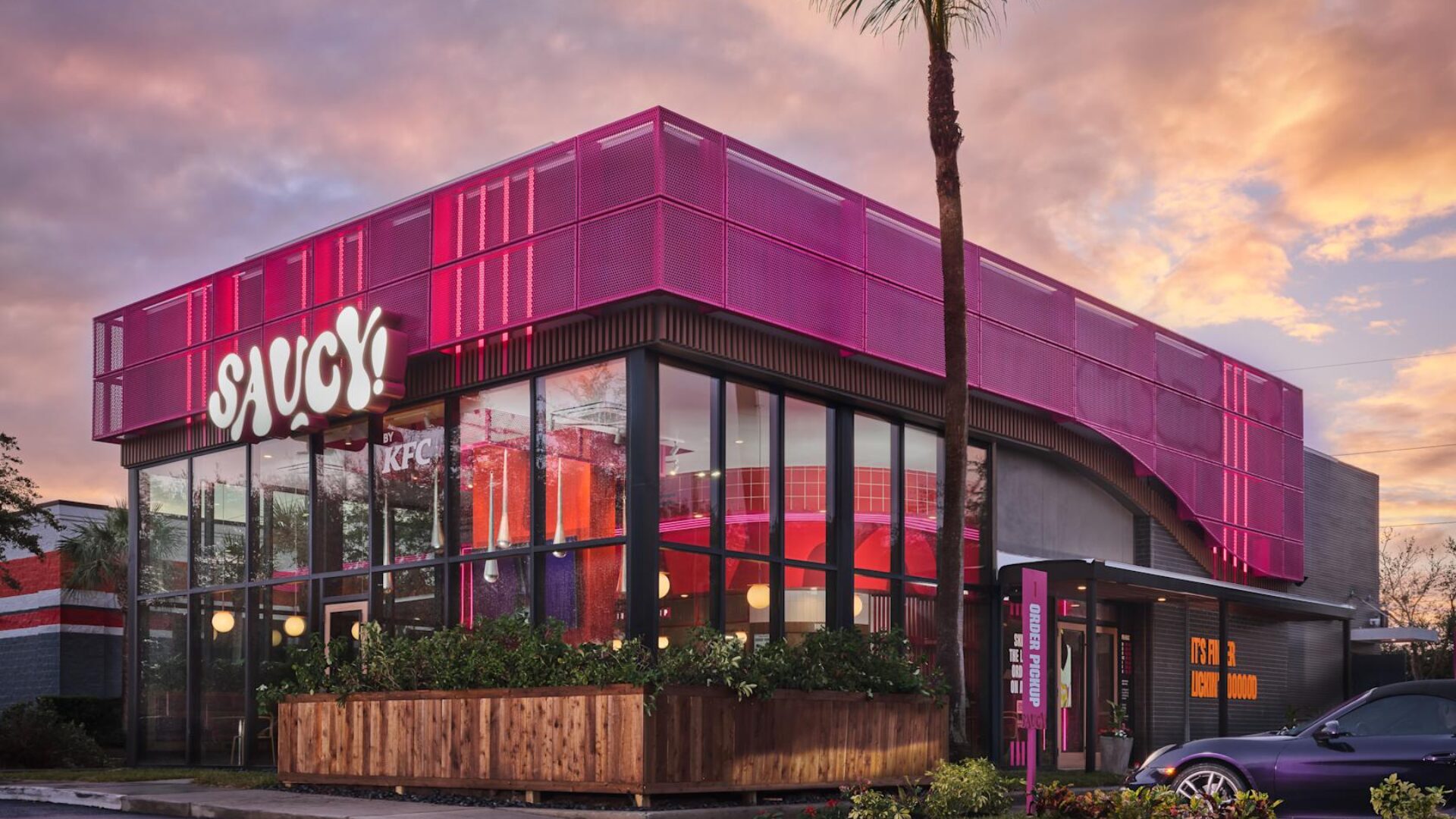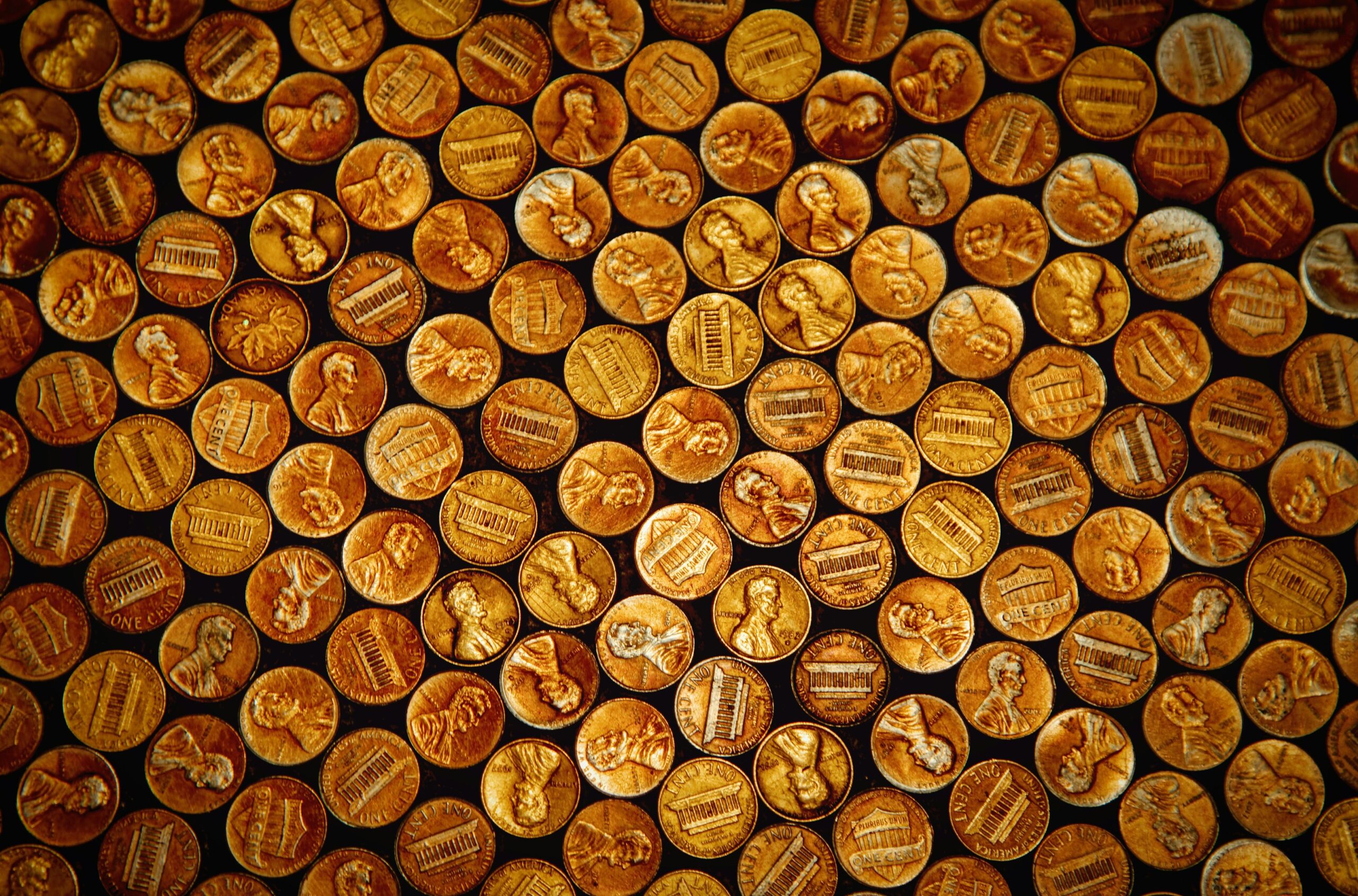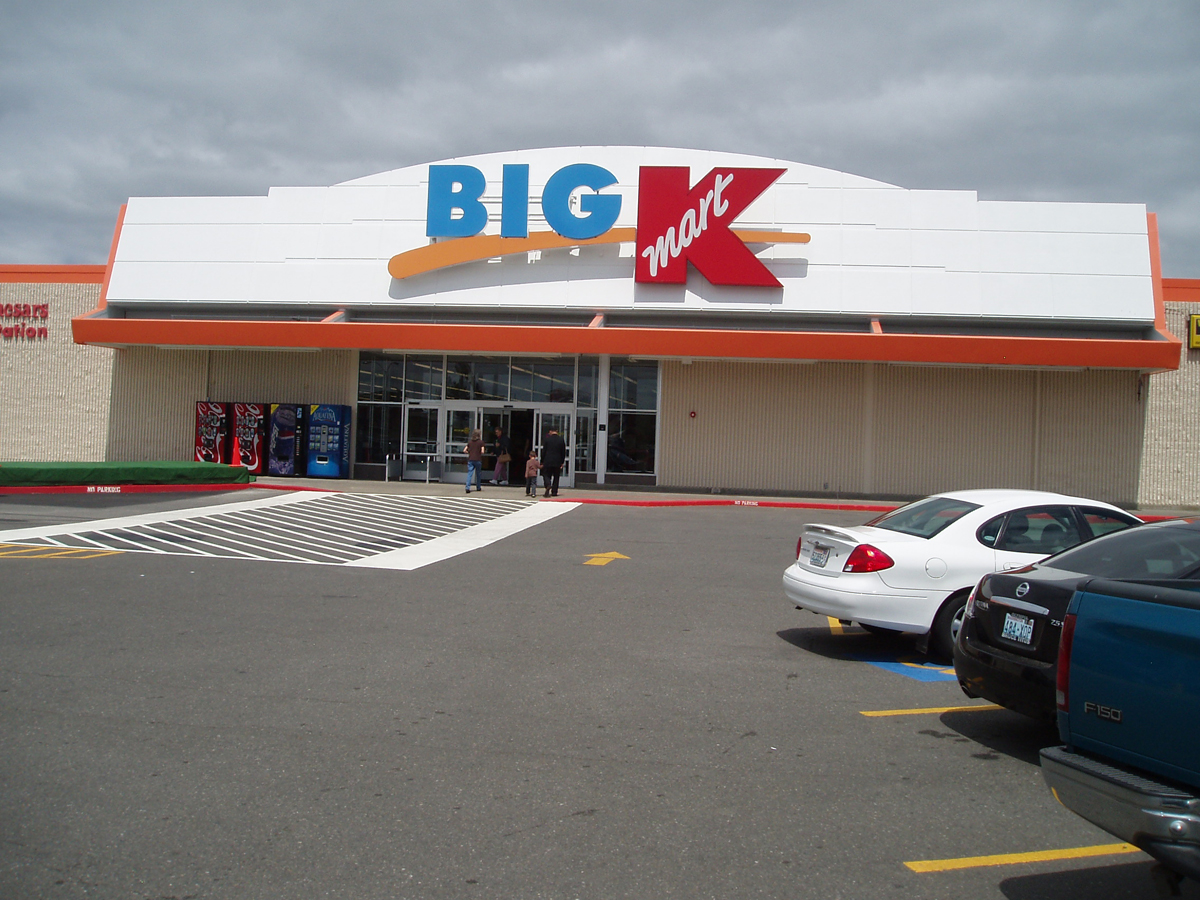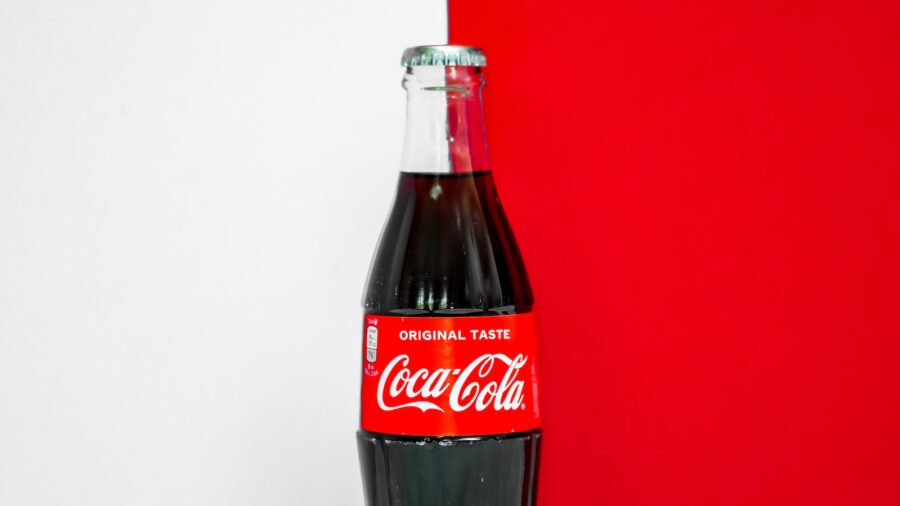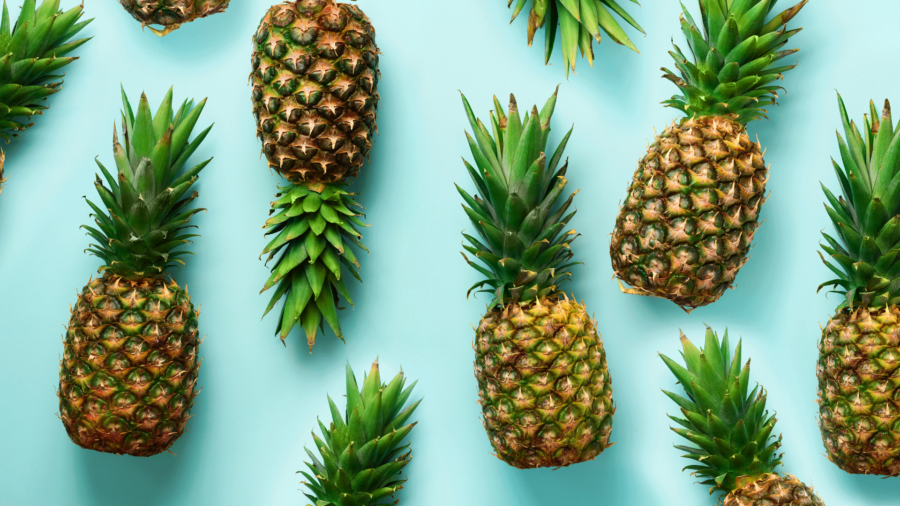From $8 strawberries to $400 pineapples, a niche group of shoppers in the U.S. are paying top dollar for premium fruits.
In May, Fresh Del Monte released a limited batch of its new Rubyglow Pineapples at Southern California grocer Melissa’s Produce. Priced at $395.99 each, the hybrid fruit with a deep red skin sold out in a matter of weeks.
This follows the company’s giftable Pinkglow pineapple. Priced at $50 when it was first released in 2020, the fruit boasts pink flesh and arrives in premium packaging.
The luxury fruit trend is not limited to Del Monte.
Vertical strawberry farmer Oishii initially charged $50 for a pack of eight berries when they were released in 2018. As CNN reports, other premium fruits which have gained traction in recent years include Cotton Candy grapes and Sumo Citrus, a hybrid of navel oranges, pomelos, and mandarins.
The Rubyglow, however, has raised the pricing bar to heights the average consumer would consider not just unreachable, but unthinkable — particularly during a period of prolonged food inflation.
Tapping into Consumer Intrigue
Being the first or among the few to try something new and exclusive is exciting for U.S. consumers. “It’s great that we are now seeing it translating into fresh fruit,” said Brianna Shales, Marketing Director at Stemilt Growers.
The first purchase they make is likely tied to the intrigue behind them.
“Many of the luxury fruit items, like Oishii strawberries, are incredibly labor intensive and have a unique story behind them that provides consumers with the intrigue to purchase,” Shales told FI. “Perhaps they heard about them from a friend and wanted in on the excitement too.”
This intrigue can also be applied to purchases like Cotton Candy grapes.
“That is a unique flavor that [consumers] are intrigued to try,” said Reilly Newman, founder of Motif Brands. The name implies an indulgence which are typically always higher priced or perhaps something you don’t need to purchase in the first place like that ice cream you love or your favorite bottle of wine.”
Once that curiosity is quelled, luxury fruits can still enjoy repeat purchases provided the taste and eating experience was worth the premium.
“Paying a premium for food isn’t out of question when it hits all of the marks that you were expecting it to,” said Shales. “In these instances, you typically eat all of them and enjoyed the healthy treat for yourself.”
Luxury Fruit as a Status Symbol
Of course, most premium foods can be made without breaking the bank. Then there are $400 pineapple hybrids with red skin – when it comes to fruit, where does one draw the line between indulgent spending and sheer excess?
This ultimately comes down to the individual consumer’s perception of a product.
“Some people might see trying the new hit fruit like others see buying that new luxury purse or designer shoe,” said Shales. “When it comes to luxury anything, it’s all about the benefits that come with it and the value a person puts on them.”
Newman echoes this sentiment, noting that a $400 pineapple is indulgent because the buyer perceives it as valuable.
“They are able to signal with the purchase and partaking of the fruit is an experience because it is a rare situation,” Newman told FI. “Ultimately it makes them feel a certain way because it is no longer just about the fruit. It is about them.”
In consumer studies, “signaling” is a major element of luxury purchasing behavior.
According to Oxford Academic’s Journal of Consumer Research, people often interpret their own purchasing choices from an outsider’s perspective. When these choices are made to gain or convey positive information about one’s own identity—to others and to themselves—the choice is considered a signal.
Most often, that information is tied to status.
“Economically, this signaling drives the irrational behavior we see in consumers because it goes right to the heart of our emotions behind purchases,” said Newman. “It also plays a role in pricing strategy and brand strategy because everything we do as humans says something about us.”
Growing demand for luxury fruit can also be compared to limited-time offers, wherein purchases are often motivated by FOMO or consumers’ fear of missing out. LTOs have become a stand-out trend among CPG brands and foodservice operators in 2024.
The Food Institute Podcast’s “Foodservice Gamechangers” Series
Get to know the men and women behind the scenes of foodservice distribution in a new, limited series from The Food Institute Podcast called “Foodservice Gamechangers.” Recently, Pat Mulhern, advisor to The Food Institute, sat down for brief conversations with seven of the most influential foodservice merchandising and distribution leaders. Highlighting their food career journeys and management styles, the conversations feature insightful thoughts on what may lie ahead for manufacturers, distributors, and operators in foodservice.


